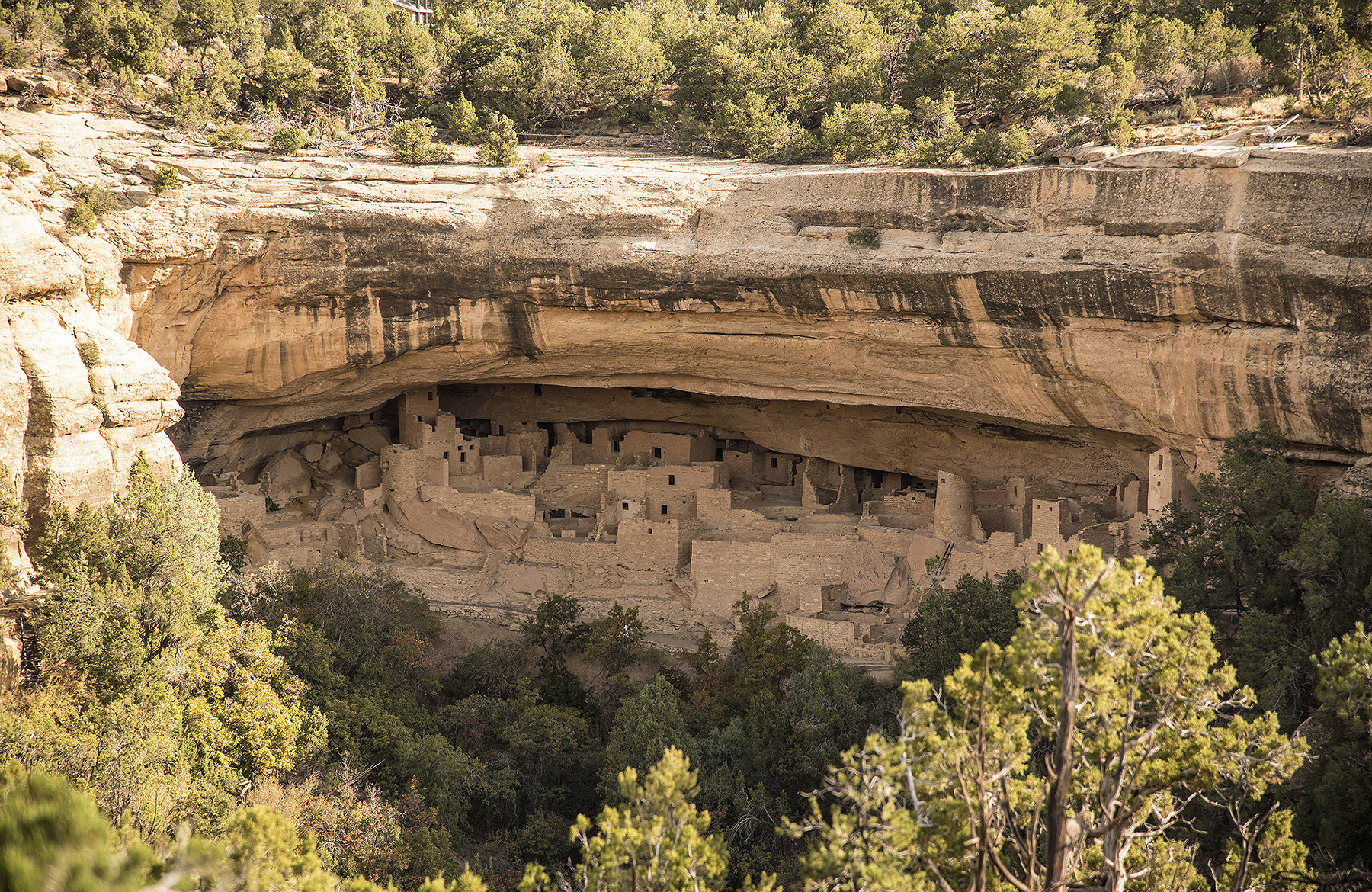Secrets Of Colorado’s Mesa Verde Water Cisterns

Have you ever wondered how ancient civilizations managed their water supply? Mesa Verde in Colorado holds some fascinating secrets about this. The Ancestral Puebloans, who lived there over 700 years ago, built intricate water cisterns to collect and store water. These cisterns were essential for their survival in the arid climate. They used natural rock formations and clever engineering to create a reliable water source. Exploring these ancient water systems gives us a glimpse into their daily lives and ingenuity. Join us as we delve into the mysteries of Mesa Verde's water cisterns and uncover how they sustained a thriving community in such a challenging environment.
Secrets of Colorado's Mesa Verde Water Cisterns
Mesa Verde National Park, located in Colorado, is famous for its ancient cliff dwellings. However, another fascinating aspect of this park is its water cisterns. These cisterns were ingeniously designed by the Ancestral Puebloans to collect and store water in an arid environment. Let's dive into some of the most intriguing cisterns you can find in Mesa Verde.
Cliff Palace Cistern
The Cliff Palace is the largest cliff dwelling in North America. Hidden within its complex structure lies a sophisticated water collection system.
- Cliff Palace Cistern: This cistern is cleverly integrated into the cliff dwelling. Rainwater would flow down the rock face and collect in this cistern, providing a vital water source for the inhabitants.
Spruce Tree House Cistern
Spruce Tree House is another significant cliff dwelling in Mesa Verde. It also features an impressive water storage system.
- Spruce Tree House Cistern: Located near the entrance, this cistern collected water from the overhanging cliffs. The water was then channeled into storage areas within the dwelling.
Balcony House Cistern
Balcony House offers a more adventurous experience with ladders and tunnels. It also has a unique water collection system.
- Balcony House Cistern: This cistern is situated in a natural alcove, where water would drip from the cliff above. The Ancestral Puebloans used stone channels to direct the water into the cistern.
Long House Cistern
Long House is one of the largest cliff dwellings in Mesa Verde. Its water collection system is equally impressive.
- Long House Cistern: This cistern is located at the base of the cliff, where water would naturally flow down. The Ancestral Puebloans built channels to guide the water into the cistern, ensuring a steady supply.
Step House Cistern
Step House is a smaller, yet equally fascinating, cliff dwelling. Its water cistern is a testament to the ingenuity of its builders.
- Step House Cistern: This cistern is carved directly into the rock, allowing it to collect water from the surrounding area. The water was then stored for use during dry periods.
Square Tower House Cistern
Square Tower House is known for its impressive four-story tower. It also features a well-designed water collection system.
- Square Tower House Cistern: This cistern is located near the base of the tower. Water would flow down the cliff face and collect in the cistern, providing a reliable water source for the inhabitants.
Sun Temple Cistern
Sun Temple is a unique structure in Mesa Verde, believed to have been used for ceremonial purposes. It also has an interesting water collection system.
- Sun Temple Cistern: This cistern is located near the temple, where it would collect rainwater from the surrounding area. The water was then used for various purposes, including rituals and daily needs.
Far View Sites Cisterns
Far View Sites is a collection of mesa-top villages in Mesa Verde. These sites also feature impressive water storage systems.
Far View House Cistern: This cistern is located near the main structure, where it would collect water from the surrounding area. The water was then stored for use by the inhabitants.
Pipe Shrine House Cistern: This cistern is situated near the ceremonial areas, where it would collect rainwater. The water was used for both daily needs and ceremonial purposes.
Coyote Village Cistern: This cistern is located near the village center, where it would collect water from the surrounding area. The water was then stored for use during dry periods.
Mug House Cistern
Mug House is a lesser-known cliff dwelling in Mesa Verde. Its water collection system is simple yet effective.
- Mug House Cistern: This cistern is located near the entrance, where it would collect water from the overhanging cliffs. The water was then stored for use by the inhabitants.
The Legacy of Mesa Verde Water Cisterns
Mesa Verde's water cisterns reveal a lot about the ancient Puebloans' ingenuity. These cisterns weren't just practical; they were essential for survival in a harsh environment. By capturing and storing rainwater, the Puebloans ensured they had a reliable water source year-round. This innovation allowed them to thrive in a place where water was scarce.
Visiting Mesa Verde today, you can see these cisterns and appreciate the engineering skills of the ancient inhabitants. The park offers a glimpse into a world where every drop of water was precious. Exploring these sites, you gain a deeper understanding of how the Puebloans adapted to their surroundings.
Mesa Verde's water cisterns stand as a testament to human resourcefulness. They remind us of the importance of water conservation and the incredible ways people have solved problems throughout history.

